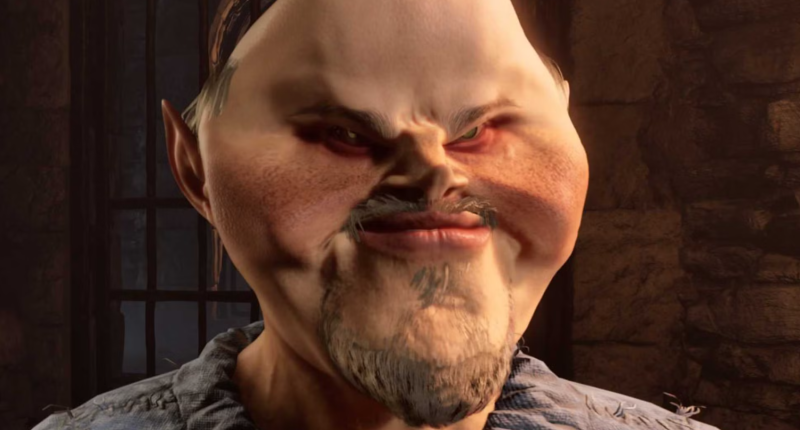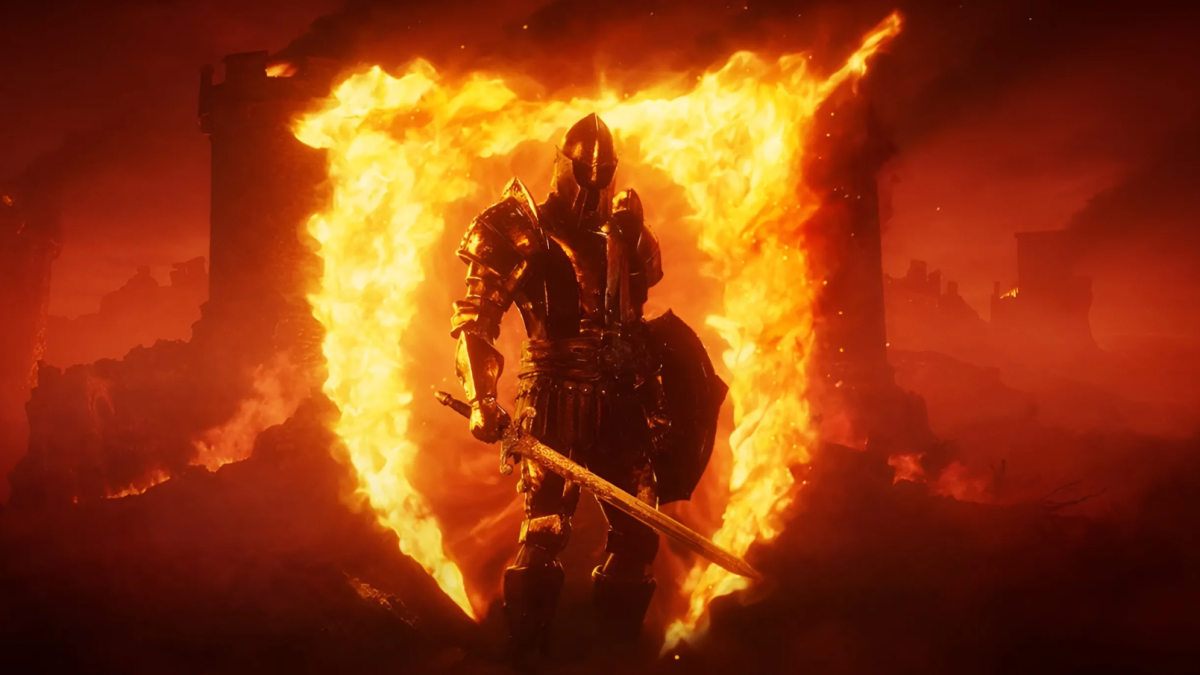Oblivion Remastered (PS5) Review – A Glorious Relic, Rough Edges and All
Bethesda’s The Elder Scrolls IV: Oblivion was a landmark RPG when it first launched in 2006. Now, nearly two decades later, the remastered edition has arrived on PlayStation 5, powered by Unreal Engine 5 and packaged with modern enhancements. While the technical upgrades are impressive in many respects, this remaster also exposes the aging infrastructure beneath its new surface.
Presentation and Visuals
The visual upgrade is the most immediate change. Oblivion Remastered benefits from sharper textures, improved lighting, and more refined character models. The draw distance has been significantly expanded, and towns now feel less static. From a technical standpoint, this is a substantial improvement over the original.
However, the remaster’s visual tone shifts dramatically. The original’s bright, almost storybook color palette has been replaced with a more grounded, desaturated aesthetic. While some may appreciate the cinematic direction, others will miss the unique vibrancy that once defined Cyrodiil. In some areas, the overuse of browns and greys gives the world a lifeless atmosphere, which feels like a step backward in terms of artistic identity.
Gameplay and Mechanics
Several modern features have been added, including a streamlined interface, improved combat responsiveness, sprint functionality, and minor tweaks to enemy AI. These help ease the transition for players used to contemporary design standards.
Nevertheless, many of the original game’s flaws remain. Pathfinding and character animations often appear stiff, and the infamous lack of variety in NPC voices is only partially addressed. Conversations can feel wooden, and despite the facelift, some underlying systems still feel like relics of a bygone era.
Combat has been polished, but not rebuilt. It is slightly more responsive, but still lacks the weight and precision found in modern action RPGs. Magic use is more fluid, and weapon animations are less awkward, but the core loop feels only modestly improved.

Content and Structure
Oblivion Remastered includes all previously released content, including the Knights of the Nine and Shivering Isles expansions. This makes for a generous package in terms of value and content depth. Quest design remains a highlight, with several standout storylines that rival contemporary offerings in creativity and scope.
However, systems like enemy level scaling remain untouched. This design choice continues to divide opinion, as it can undermine progression and immersion. The sense of becoming truly powerful is often diluted when bandits begin appearing in Daedric armor simply because the player has leveled up.
Performance on PlayStation 5
On a technical level, the game performs well. Load times are virtually instantaneous, and frame rates are stable at 60 FPS in most scenarios. Visuals are presented in native 4K resolution, although the lack of ray tracing or deeper integration with PS5 features like advanced haptics or adaptive triggers feels like a missed opportunity.
The DualSense implementation is basic at best. Vibration feedback is minimal, and there is little distinction in trigger feel between weapons or magic. Given the platform’s capabilities, the remaster does not fully embrace what the hardware can offer.
Final Assessment
PROS
- Substantial visual improvements thanks to Unreal Engine 5
- Streamlined UI and added quality-of-life features
- All DLC and expansions included
- Much faster loading and stable performance
- Core content remains expansive and engaging
CONS
- Desaturated visuals dull the original’s charm
- Outdated AI and clunky animations persist
- Limited DualSense integration
- Voice acting variety still noticeably lacking
- Price point is high given the age and scope of changes
Verdict: 7.5 / 10
Oblivion Remastered is a respectful, competent update of a classic RPG. It enhances the original experience in meaningful ways but stops short of redefining it. For returning fans, this is a chance to revisit a beloved world with fresh visual fidelity and smoother mechanics. For newcomers, it’s a window into a defining chapter of Western RPG history—albeit one that now shows its age in both design and execution. A worthy revisit, though not a transformative one. Waiting for a price drop might be advisable for those who don’t already hold a nostalgic connection to the original.


